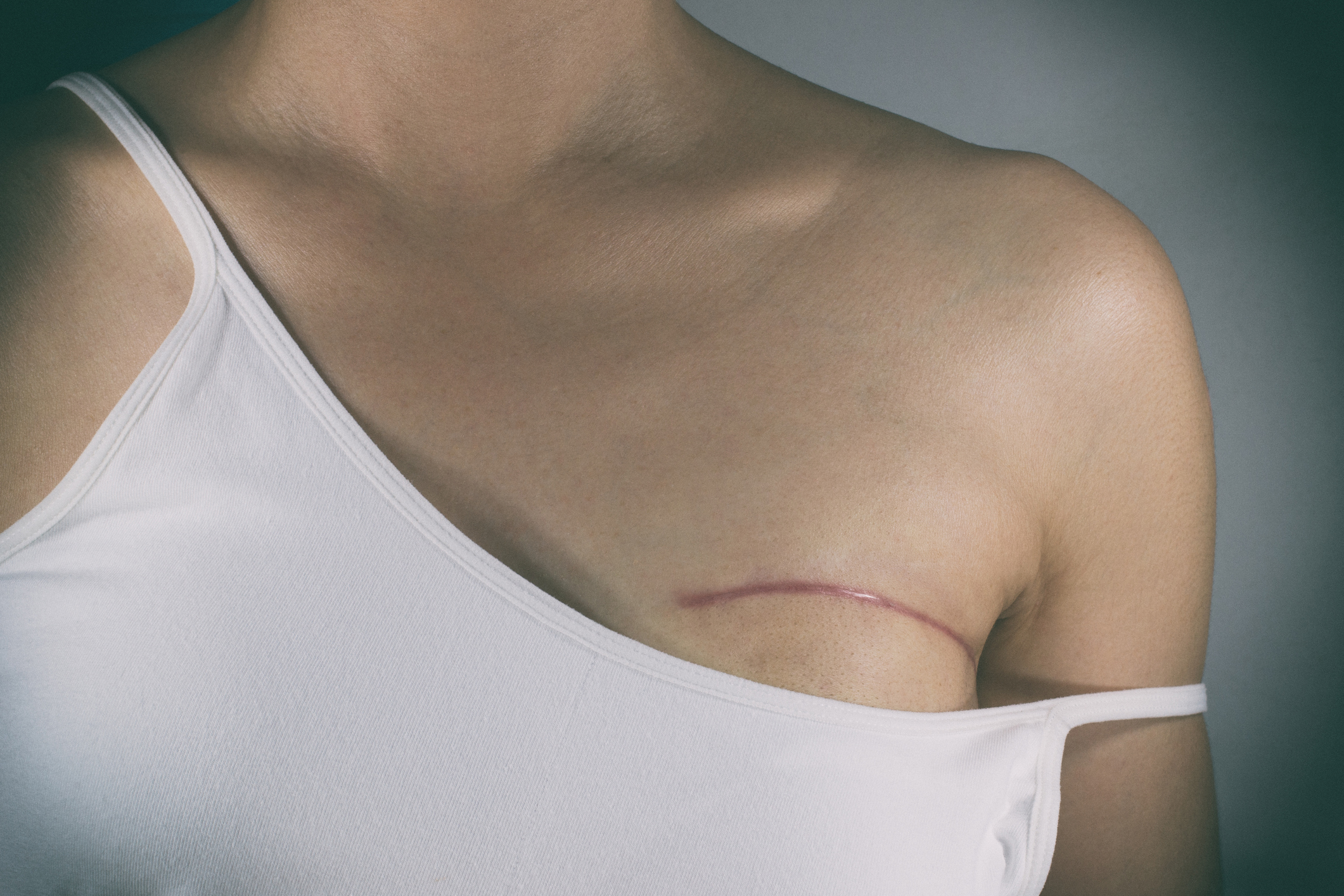Double Mastectomy Doesn’t Increase Breast Cancer Survival Rate, Study Finds
Many women who are diagnosed with breast cancer in one breast decide to remove both breasts to help prevent another primary cancer and reduce their risk of dying.
However, a new study reveals that having a double mastectomy doesn’t improve the chance for survival.
Cohort study including 660k+ women with unilateral breast cancer and followed up for 20 years found that bilateral mastectomy was associated with a statistically significant reduction of contralateral breast cancer risk but not breast cancer mortality. https://t.co/neTbPIZMyU pic.twitter.com/socK17DZUR
— JAMA Oncology (@JAMAOnc) July 26, 2024
The study, published in JAMA Oncology, found that women treated with a double mastectomy experienced similar mortality rates as patients treated with a lumpectomy or unilateral mastectomy on one side.
Researchers analyzed more than 661,000 women diagnosed with breast cancer in one breast between 2000 and 2019. Those who underwent a lumpectomy or mastectomy did very well — their chance of developing cancer in the other breast was 7% over 20 years.
Over the two decades, deaths from breast cancer were similar in all three groups: 8.5% of patients who had lumpectomies, 9% of patients who had unilateral mastectomies and 8.5% of patients who had double mastectomies.
The study notes the results may not apply to those who test positive from the BRCA gene, which puts them at greater risk.

Brian Czerniecki, MD, PhD
Despite the similar survival rates, surgeons in the Breast Oncology Department at Moffitt Cancer Center say they are seeing an increase in patients choosing a double mastectomy for many reasons, such as alleviating anxiety that the cancer will return, eliminating the need for future breast imaging, ensuring breast symmetry and decreasing the chance of needing endocrine medication.
“For years we have known that there is no survival benefit to bilateral mastectomy. This study does not change any recommendations,” said Brian Czerniecki, MD, PhD, chair of Moffitt’s Breast Oncology Department. “For T1 tumors (tumors measuring 2 centimeters or less in diameter), lumpectomy and radiation actually improve survival over mastectomies. There is really little risk reduction benefit for breast cancer prevention, maybe about 10% risk reduction.”



